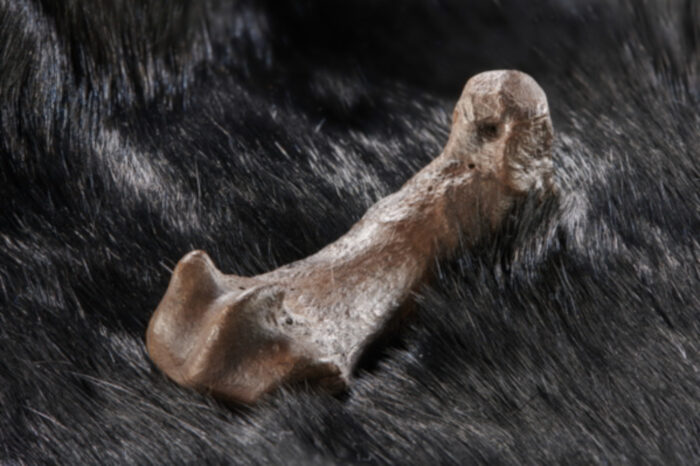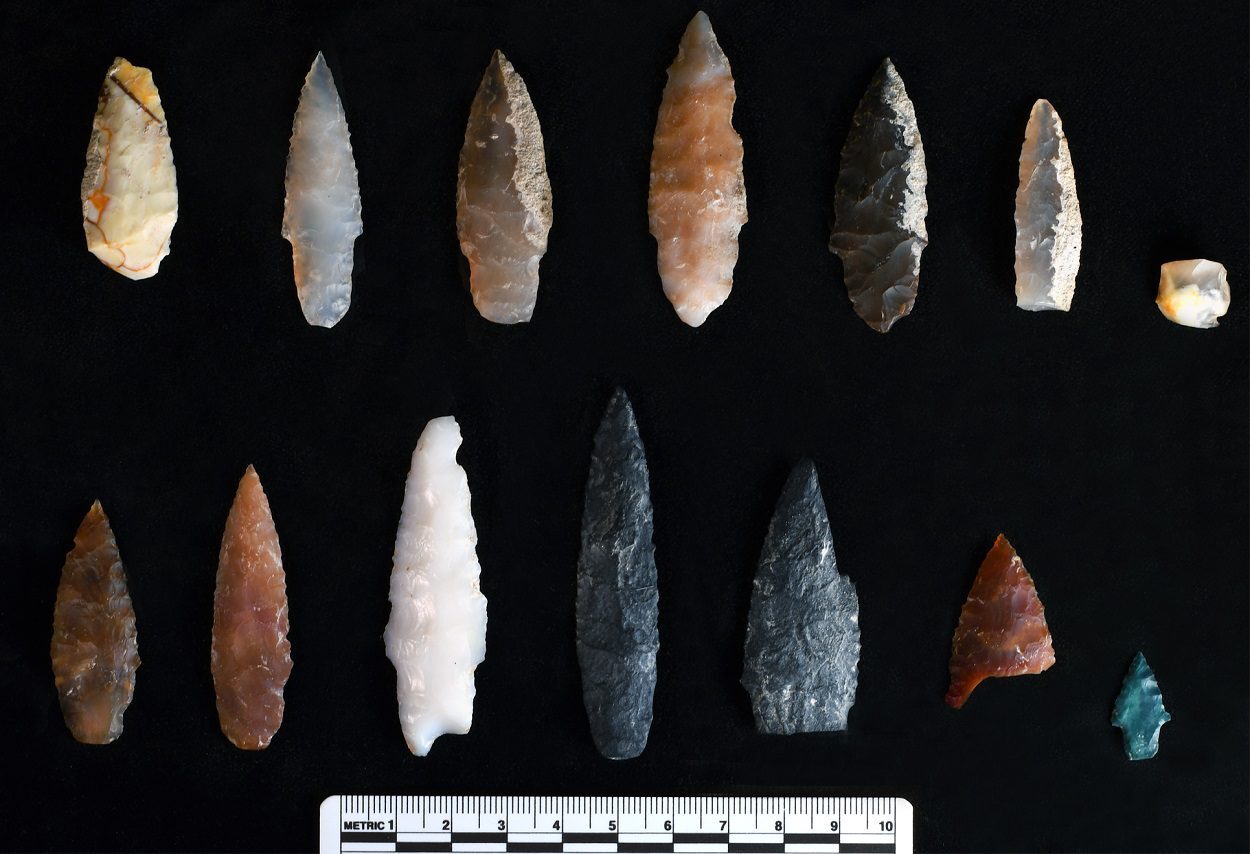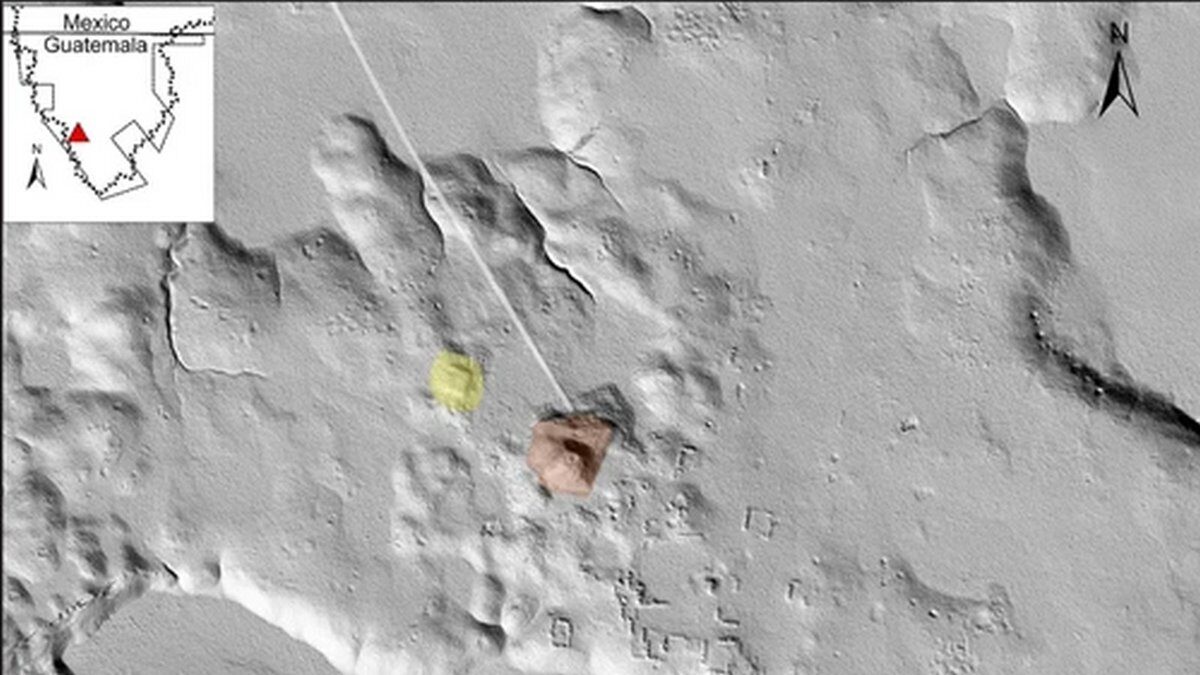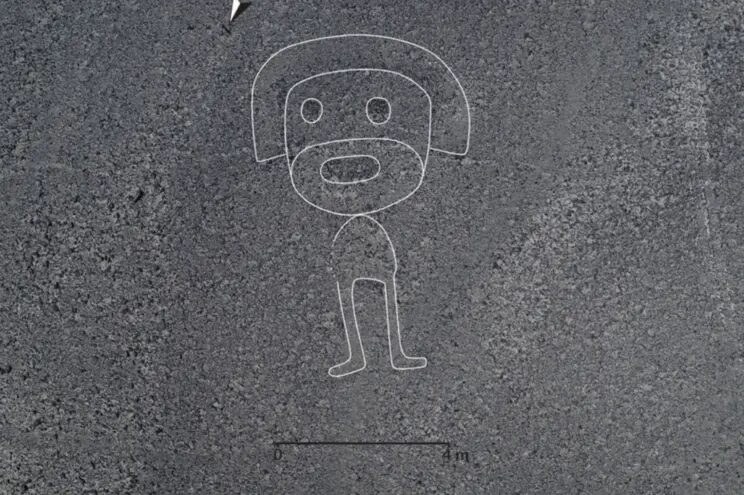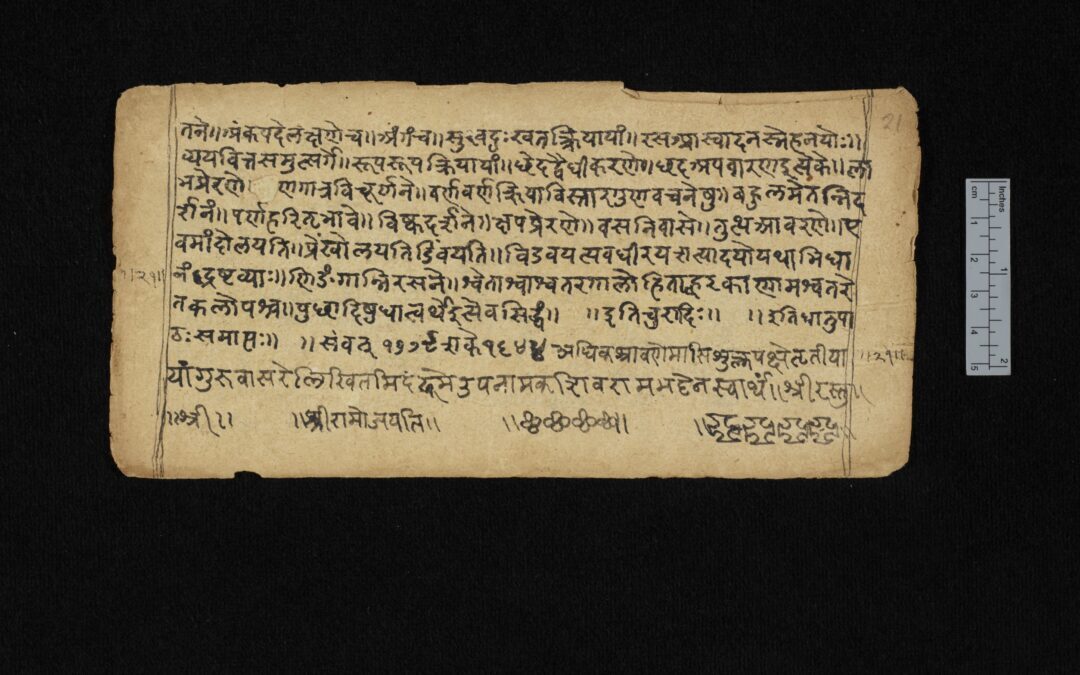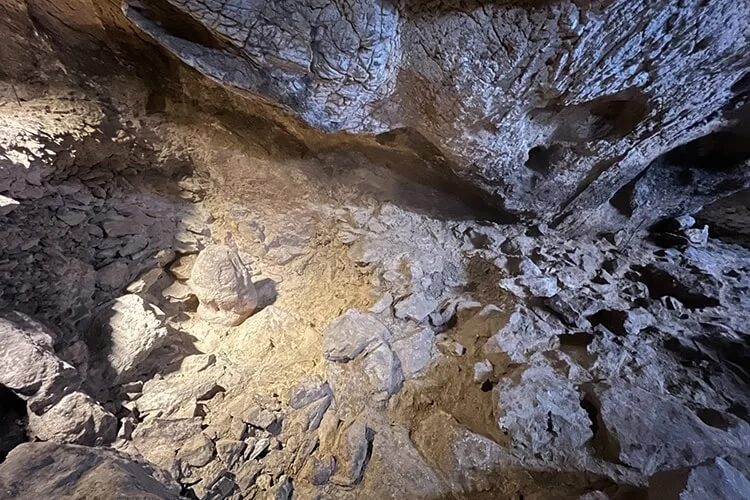It garnered a great deal of attention.
Although I don't watch Carlson's television show, I received messages from many friends and colleagues, people I highly respect, about his monologue's great significance, so I watched that episode. And then I watched it many more times.
Robert F. Kennedy, Jr., a man whom I hold in the highest esteem, tweeted that it was:
the most courageous newscast in 60 years. The CIA's murder of my uncle was a successful coup d'état from which our democracy has never recovered."While I completely agree with his second sentence, I was underwhelmed by Carlson's words, to put it mildly. I thought it was clearly "a limited hangout," as described by the former CIA agent Victor Marchetti:
Spy jargon for a favorite and frequently used gimmick of the clandestine professionals. When their veil of secrecy is shredded and they can no longer rely on a phony cover story to misinform the public, they resort to admitting, sometimes even volunteering, some of the truth while still managing to withhold the key and damaging facts in the case. The public, however, is usually so intrigued by the new information that it never thinks to pursue the matter further.Or listens carefully.



